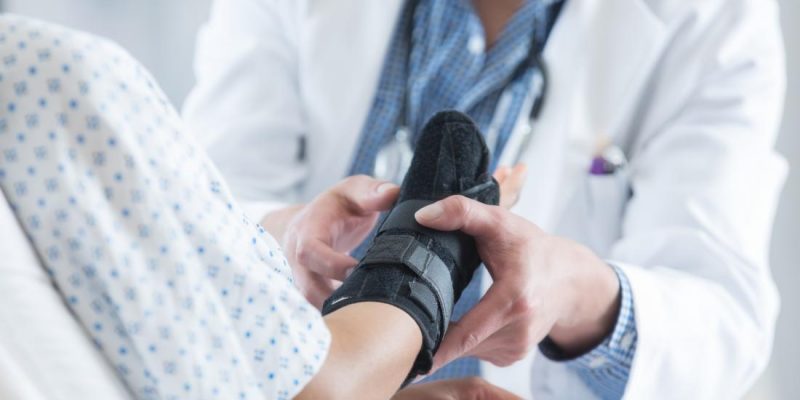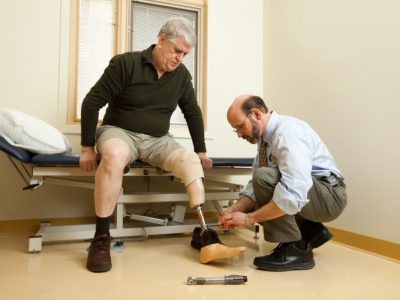
Be sure to see your orthopedic doctor for treatment if you believe you fractured a bone. Otherwise, you may suffer serious problems that would disrupt your everyday activities. You’ll feel better, prevent complications, and resume your normal activities with the proper care. Let’s talk about the ideal approaches to treating fractures.
What are bone fractures?
A break in a bone is referred to as a fracture. Approximately 2 million Americans get bone fractures yearly, with men being more likely to experience them. People of all ages might suffer from many bone fractures, and long, heavy, bulky bones, such as the pelvis, are susceptible to fractures.
You may suffer a bone fracture in an accident or when participating in sports or any other rigorous activity. However, bone fractures are more common in those 65 and older because of conditions like osteoporosis, arthritis, and fall vulnerability.
Closed, open, and compound fractures are the three main types of fractures. Bone ends continue to touch in a closed fracture, and this form of fracture is typically a crack. In a compound fracture, the ends of the bones are dislocated or out of place. But in an open fracture, the ends are not touching.
Broken bones can occur for various reasons, but they should never be taken lightly. Fractures that go untreated can lead to:
- Persistent aches, deformity, and swelling in the joints
- Nerve tingling and numbness
- Bruising
- Inadequate mobility and weight-bearing capacity
- Loss of range of motion
- The heart and lungs might be affected by blood clots.
- Infection
What to do immediately after a bone fracture
In case of a bone fracture, use the RICE approach to regain control of the area. Rest, ice the part, compress (support) with a bandage, and elevate the affected limb. Then, visit the orthopedic urgent care facility for a checkup and X-rays.
A doctor specialized in orthopedics will, as necessary, suggest a course of therapy based on the kind and extent of your bone fracture, your general health, and other vital considerations.
Treatment for fractures
Your orthopedic doctor can begin treating you after determining the type of your fracture. It may include:
- Stabilization with a plaster cast or a functional (walking) cast made of fiberglass or plastic (it is more lightweight and more comfortable)
- Open reduction (this involved positioning the bone ends together and fixing the bone in place with screws, plates, or wires)
- Closed-loop reduction (using manual manipulation to position the displaced bones)
Your orthopedic doctor might also suggest the following:
- Proper hydration each day
- Acetaminophen for pain
- Food supplements, particularly calcium and vitamins D, C, and K (C boosts the production of the main protein in the bone known as collagen)
- Good nutrition, including consuming more protein
- Physical therapy and a little aerobic activity
- Both alcohol and smoking slow down the healing process, so avoid both.
Last words
You should seek orthopedic care if you experience a fractured bone, sprain, joint twist, inflammation, or pain in your bones. The longer you wait, the more the condition worsens, which may lead to other problems in the future.










